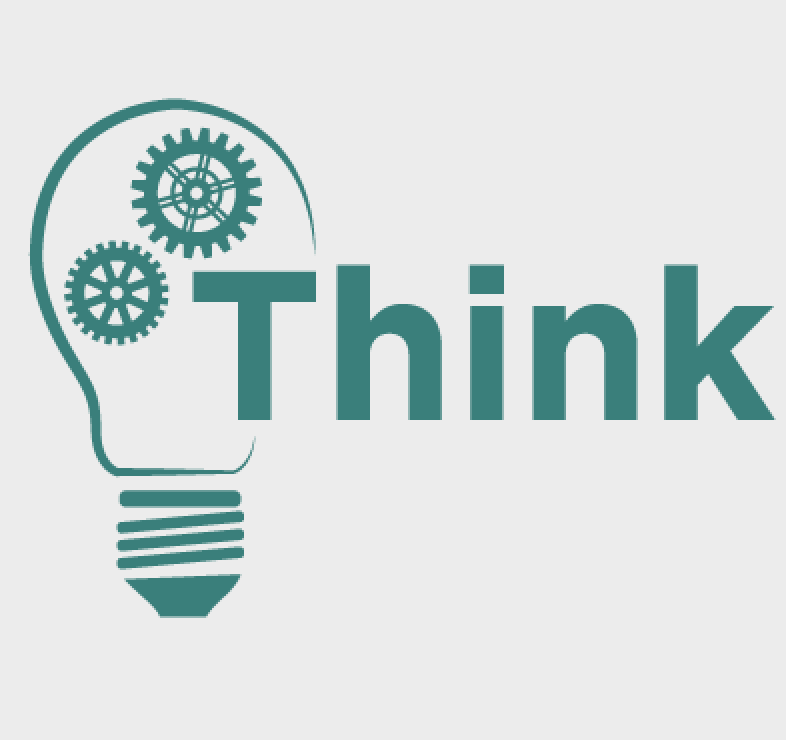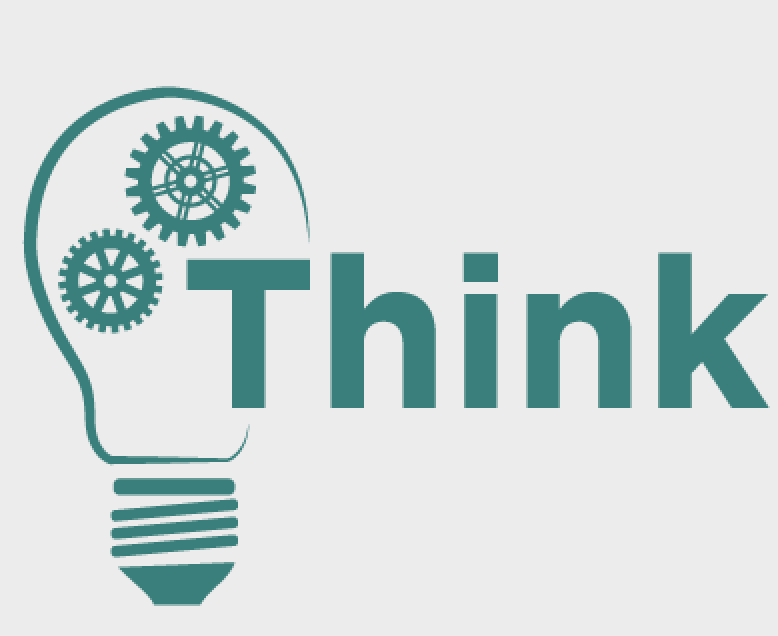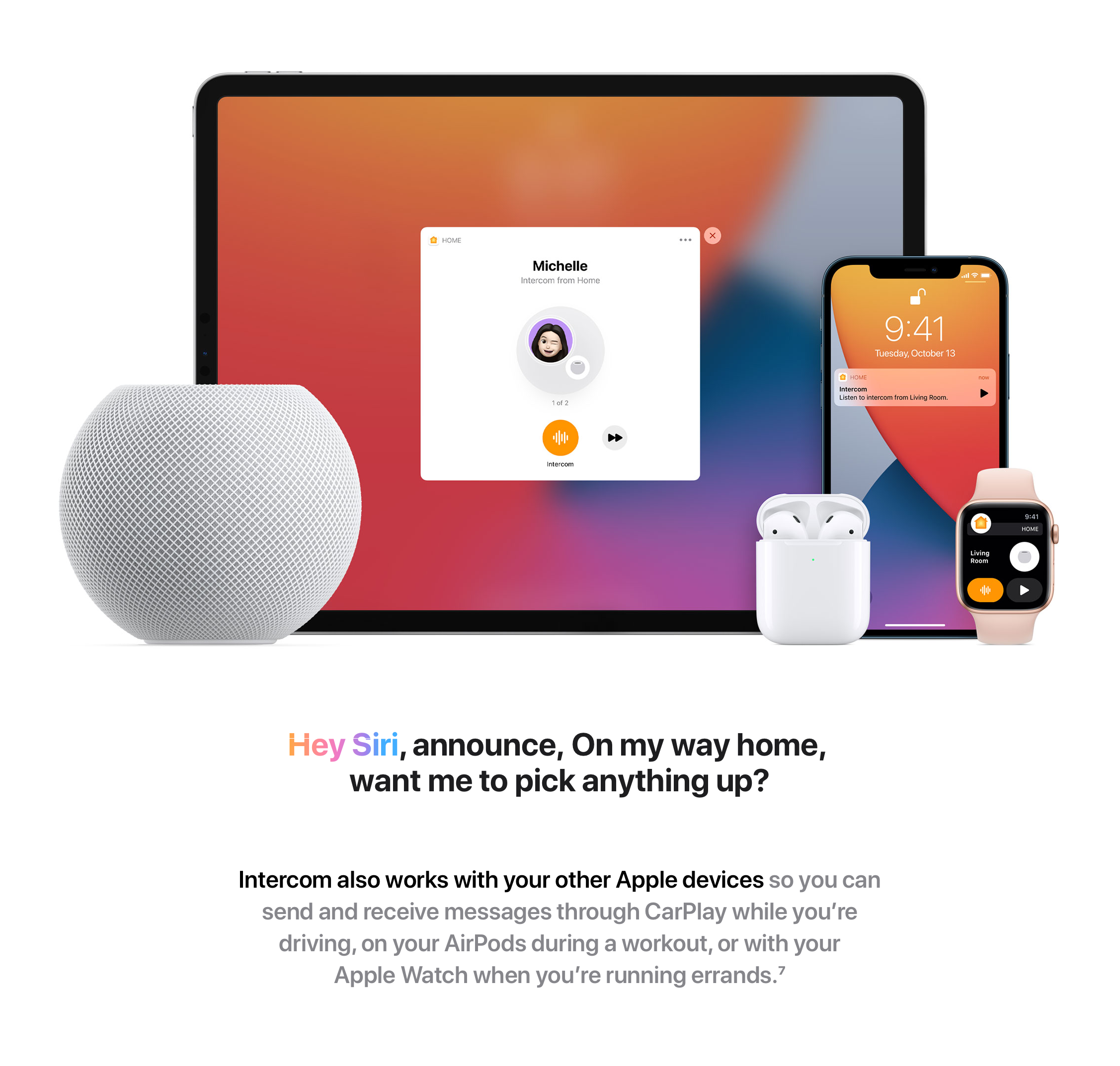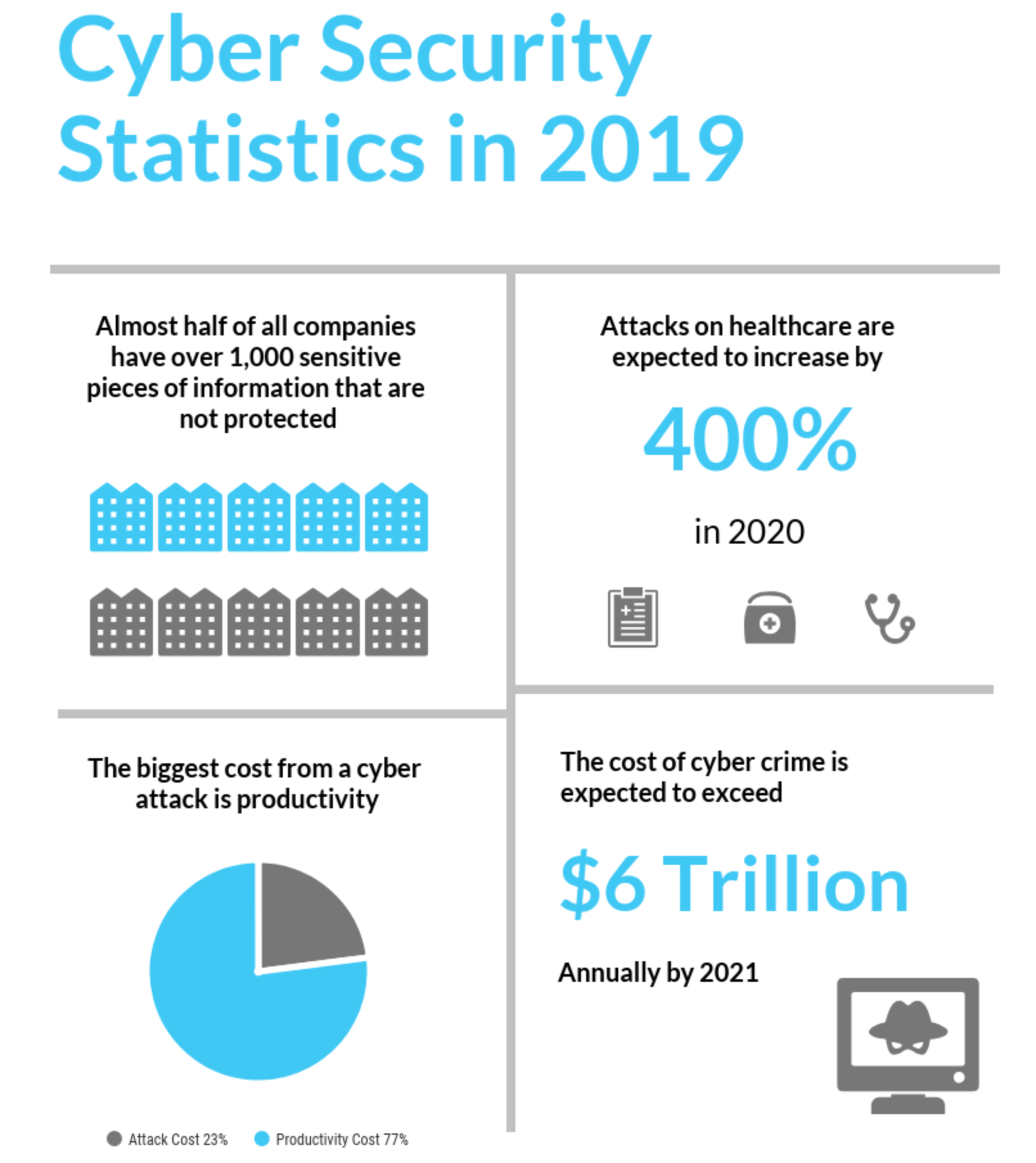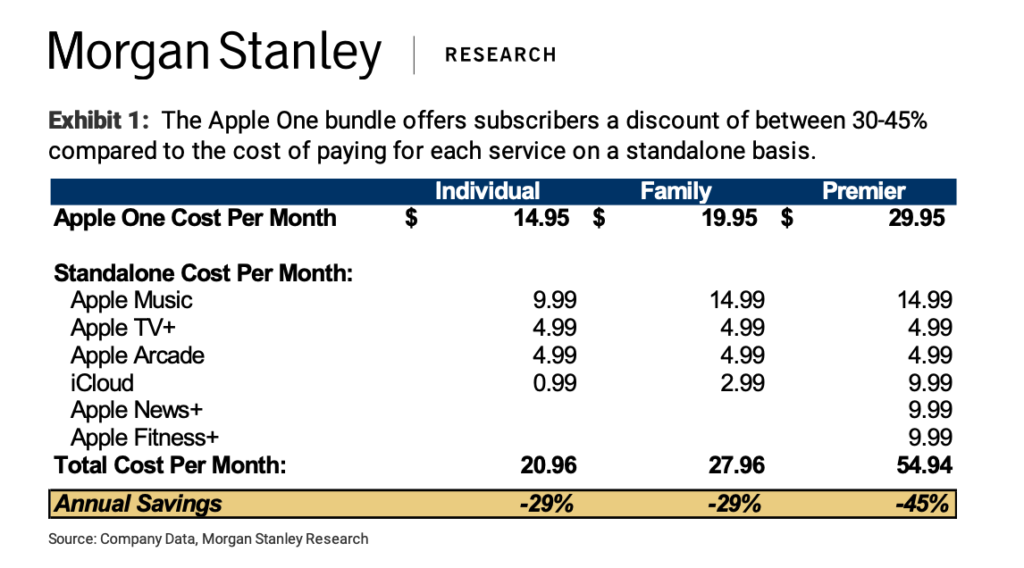Economic Recovery Update
I’ve been pouring through a number of economist reports that are modeling in the impact of a vaccine on the US economy in 2021 as well as different scenarios regarding the presidency and senate races. I’m not going to dive deep into all the different scenarios but I will take a look at the few that seem most likely.
At a high-level, every economist note establishes the baseline that this slump in the economy and GDP is dramatically different than past recessions even though numbers look similar. I made similar points early on when I was writing about the economic issues and weighing in on the debate of whether economic recovery would be quick or slow. What’s important to note about this recession/economic downturn from prior ones in the last 20 years is that average personal savings are much higher than before. So while people aren’t spending, it doesn’t appear in masse consumers don’t have the money they are simply not spending it. Yes, there are some job losses, and a key part of the recovery, stimulus, and vaccine will hopefully have an impact on employers hiring again to bring the unemployment rate down. But in general, personal savings among US consumers in this environment is much higher, and that gives economists hope that when they feel comfortable spending again they will, and perhaps spending quite a bit.
The scenarios I want to weigh in briefly are the US Presidential and Senate races, and a timeline for a vaccine. Biden has won the presidency and now the scenarios turn to the senate race. Economists universally agree the best scenario for a quick economic recovery is a Democratic sweep of the senate. The belief is a unified government will yield the largest economic stimulus package, multi-year spending plan, and the best chance of getting the virus past us in a timely fashion. Under this scenario, economists estimate real-GDP growth of 2.5-4% in 2021. In most models I’ve seen, a democratic sweep is the best scenario in terms of economic growth, government spending, investment confidence by businesses, etc.
The second scenario is a split senate and there is less confidence in a fast recovery under this scenario. Models in this scenario assume a smaller fiscal stimulus for COVID relief and impacts in spending commitments from governmental and business which would push any pre-COVID level recovery into 2022. The concern in this scenario is the continued falling of the unemployment rate which will only hurt GDP, consumer confidence, and spending and thus dramatically delay any type of recovery.
The other scenario working into these models is the early vs. late vaccine. Headlines provided positive work toward an early vaccine yesterday but there is still a long way to go. Consumer research being done by economists has continually shown a vaccine, not necessarily the elimination of the virus, is the single biggest thing holding consumers back from being confident to return to life as normal. Given the US GDP is driven by 70% of consumer spending any recovery has to assume consumers get back to life as usual.
In an early vaccine scenario, where distribution and availability take place in 2H21, estimates are consumer spending could accelerate and see a 3.4-4.5% GDP increase in the second half of 2021. In this scenario, businesses begin to have more confidence and the unemployment rate drops as businesses open and hires again, thus creating economic positives all around.
A late vaccine scenario is obviously a negative, with deepening unemployment losses, and a much later economic recovery being pushed into late 2023, and worries of lingering issues of consumer behavior, business declines, and more that may last even longer.
That being said, what seems obvious, is the best-case scenario we can hope for, with respect to the economy, is a Democratic sweep resulting in a unified government and an early vaccine in 2021.
Biden and China
A lot of questions have been raised about what the Biden win means for US relations with China. Most questions center on the trade war and the competitive nature of China and the US. Consensus thinking is Biden will not wind down the current trade war with China but may ease some restrictions in order to establish a better path to negotiate going forward. It also seems advisors to the Biden organization have a reputation for better dealing strategically with foreign relations and while we may still have a trade-dispute there is optimism collaboration between China and the US for things like battling COVID and climate change can help build bridges and ease tensions. The positive takeaway here for China-US relations is the new organization is likely to treat this more like a negotiation than a war.
No doubt Biden will be better than Trump in dealing with China, but it is still a tightrope walk given the tensions as a whole but even more so with Taiwan.
Overall, there is optimism international relations under Biden will improve and there is optimism that will create better long-term benefits for the economy.
